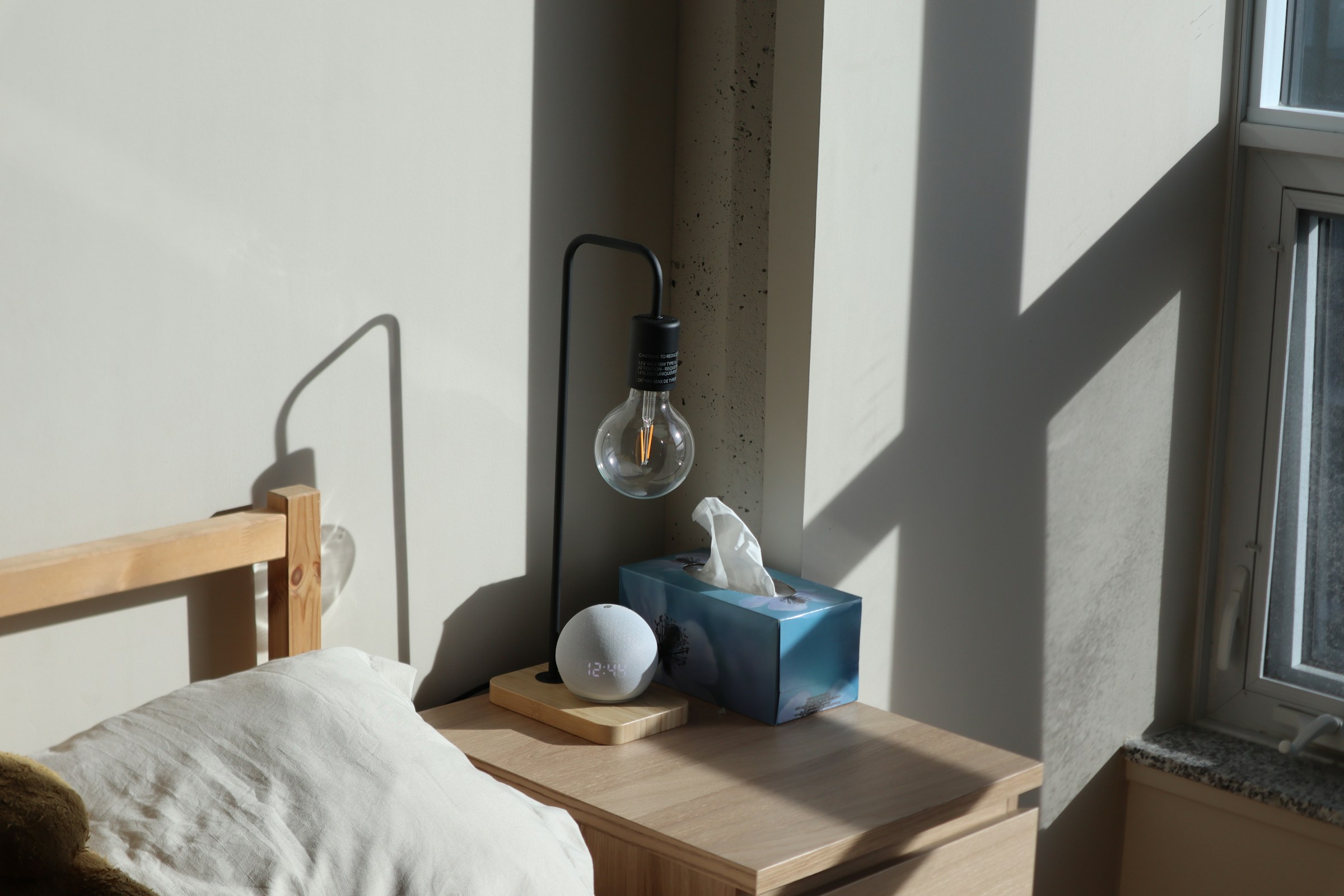In the chilly climate of the UK, maintaining a comfortable temperature in your home throughout the year can be a challenge. The solution lies not in cranking up your heating system or investing in pricey air conditioning units but in improving the thermal efficiency of your home. One of the key areas that can make a significant impact is your windows. By employing some simple DIY window insulating techniques, you can effectively reduce heat loss, save on energy bills, and create a more comfortable living environment. Let’s take a deep dive into the subject.
Understanding the Importance of Window Insulation
Before we delve into the practical steps of how to insulate your windows, it’s essential to understand why this is such a crucial aspect of home insulation. Windows, especially older, single-pane versions, can be significant sources of heat loss in a home. Insulating them properly can lead to substantial energy savings and a more comfortable indoor climate.
A voir aussi : What are the safety guidelines and legal requirements for installing a wood stove in a UK home?
Heat loss through windows is primarily due to three factors: conduction, convection, and radiation. Conduction is the transfer of heat through a solid material. In the context of windows, it’s the process by which heat moves from the warm interior of your home to the colder outside environment. Convection occurs when warm air rises and cool air sinks, creating drafts around poorly sealed windows. Lastly, radiation is the transfer of heat in the form of infrared rays, which can pass through glass and thereby cause heat loss.
By tackling these three factors with effective DIY window insulating techniques, you can significantly reduce your home’s heat loss and increase its thermal efficiency.
Dans le meme genre : How do UK residents calculate the correct size for a rain barrel system in a suburban garden?
Choosing the Right Materials for Window Insulation
The first step towards insulating your windows is choosing the right materials. Not all insulation materials are created equal, and the type you choose can have a significant impact on the effectiveness of your insulation. There are several options available, each with its own set of advantages and disadvantages.
Window insulation film is a popular choice due to its affordability and ease of installation. It’s a clear plastic film that’s applied to the interior of your windows. The film creates a barrier that reduces conduction and convection, helping to keep warm air inside during the winter and cool air inside during the summer. However, it’s relatively thin and may not provide the highest level of insulation compared to other options.
Rubber weather sealing is another affordable and easy-to-install option. It’s a self-adhesive strip that’s applied to the edges of your windows to seal any gaps and prevent drafts. It’s effective at stopping convection but doesn’t provide any protection against conduction or radiation.
For the best insulation performance, consider using insulated window panels or inserts. These are custom-made panels or inserts that fit tightly into your window frames, providing a high level of insulation against all three types of heat loss. They’re more expensive and require more effort to install, but they provide the most comprehensive insulation solution.
How to Apply Window Insulation Film
Applying window insulation film is a relatively simple process that requires only a few tools: a pair of scissors, a tape measure, a hairdryer, and a window insulation kit, which includes the film and double-sided tape. Here’s a step-by-step guide to applying the film:
First, measure your window so you can cut the film to the right size. Make sure to add an extra inch or two on each side to allow for a secure fit. Next, clean your windows thoroughly and let them dry. Any dust or dirt on your windows can interfere with the film’s stickiness and effectiveness.
Once your windows are clean and dry, apply the double-sided tape around the window frame. Then, carefully stick the film onto the tape, starting from the top and working your way down to avoid creating air bubbles. Once the film is in place, use a hairdryer to shrink it and eliminate any wrinkles or bubbles. The heat from the hairdryer causes the film to tighten and form a clear, smooth surface.
Keep in mind that while window insulation film is effective at reducing heat loss, it’s a temporary solution and will need to be reapplied each year.
Installing Rubber Weather Sealing
Installing rubber weather sealing is another easy DIY project that can have a significant impact on your home’s thermal efficiency. Here’s a step-by-step guide on how to do it:
First, clean the areas of your window where the weather seal will be applied. Dust and dirt can reduce the stickiness of the seal, so ensure these areas are clean and dry before you start.
Next, measure the length and width of your window and cut strips of weather seal to fit. Peel off the backing from the seal and press it firmly onto your window. Make sure to apply the seal to all edges of your window to create a secure barrier against drafts.
Remember that the effectiveness of rubber weather sealing lies in its ability to block drafts. Therefore, it’s most beneficial for older windows with noticeable gaps or cracks.
Using Insulated Window Panels or Inserts
If you’re willing to invest a bit more time and money into your window insulation project, consider using insulated window panels or inserts. These provide the highest level of insulation and are particularly effective for older, single-pane windows.
Insulated window panels or inserts are custom-made to fit your windows. They’re typically made from a layer of insulating material sandwiched between two layers of acrylic or polycarbonate. The panels or inserts fit into your window frames and can be easily removed when not needed.
Installation usually involves taking precise measurements of your windows and ordering the panels or inserts to fit. Once they arrive, you simply fit them into your window frames. While this option requires a bigger initial investment, it provides a long-term solution that can significantly improve your home’s thermal efficiency.
By employing these DIY window insulating techniques, you can take a significant step towards improving the thermal efficiency of your home, reducing energy bills, and creating a more comfortable living environment. It’s an investment that not only saves money but also contributes positively to the environment by reducing energy consumption.
The Role of Loft and Wall Insulation in Improving Thermal Efficiency
Apart from efficient windows, loft and wall insulation are also key in improving your home’s thermal efficiency. Loft insulation works by slowing the movement of heat between the roof and the rest of the house, while wall insulation works by reducing the amount of heat that escapes through the walls.
Loft insulation is relatively easy to install, and can be a DIY project if you’re comfortable working in confined spaces. The most common type of loft insulation is roll insulation, which simply rolls out between the joists in your loft. This type of insulation is relatively affordable and effective, but it’s important to remember to leave a gap around any electrical fittings to prevent overheating.
Wall insulation, on the other hand, can be more complex. There are two types of wall insulation: cavity wall insulation and solid wall insulation. Cavity wall insulation is designed for homes with cavity walls, and involves filling the gap between the inner and outer wall with an insulating material. Solid wall insulation, on the other hand, involves adding an insulating layer to the inside or outside of your home’s walls. It’s important to note that both types of wall insulation usually require professional installation.
By insulating your loft and walls, you can significantly reduce heat loss in your home, leading to lower energy bills and a more comfortable living environment. Just as with window insulation, it’s an investment that will save money and contribute positively to the environment by reducing energy consumption.
Practical Energy-Saving Tips for UK Residents
Apart from window, loft, and wall insulation, there are several other practical steps you can take to make your home more energy efficient.
First, consider installing secondary glazing on your windows. This involves fitting a second pane of glass or plastic to your existing windows, which can be a cheaper alternative to double glazing. It’s an effective way to reduce heat loss and improve the thermal efficiency of your home.
Draught proofing is another effective measure. This involves sealing any gaps around doors, windows, and floorboards to prevent cold air from entering and warm air from escaping.
Upgrading your hot water system can also help improve energy efficiency. Look for energy-efficient models, and consider installing a hot water cylinder jacket to reduce heat loss.
Remember to adhere to building control and building regulations when undertaking any major insulation work. These regulations are designed to ensure that all insulation work is safe and effective.
By taking these steps, you can improve the thermal efficiency of your home and save money on your energy bills. It’s a win-win situation – you get to enjoy a more comfortable home while contributing to energy saving and protecting the environment.
Conclusion
Improving your home’s thermal efficiency doesn’t have to be expensive or complicated. Whether it’s applying window insulation film, installing rubber weather sealing, using insulated window panels, or insulating your loft and walls, there are several DIY techniques that UK residents can employ to reduce heat loss and save money on energy bills.
Investing in energy efficiency not only creates a more comfortable living environment but also aids in reducing our carbon footprint. As we move towards a more eco-conscious world, every effort we make in our homes can significantly contribute to the bigger picture. Now, with all these practical tips and techniques, you’re well equipped to start your journey towards a more energy-efficient home. Remember, the goal is not only to save money but also to contribute positively to the environment. So start today, and let’s make a difference, one home at a time!
















